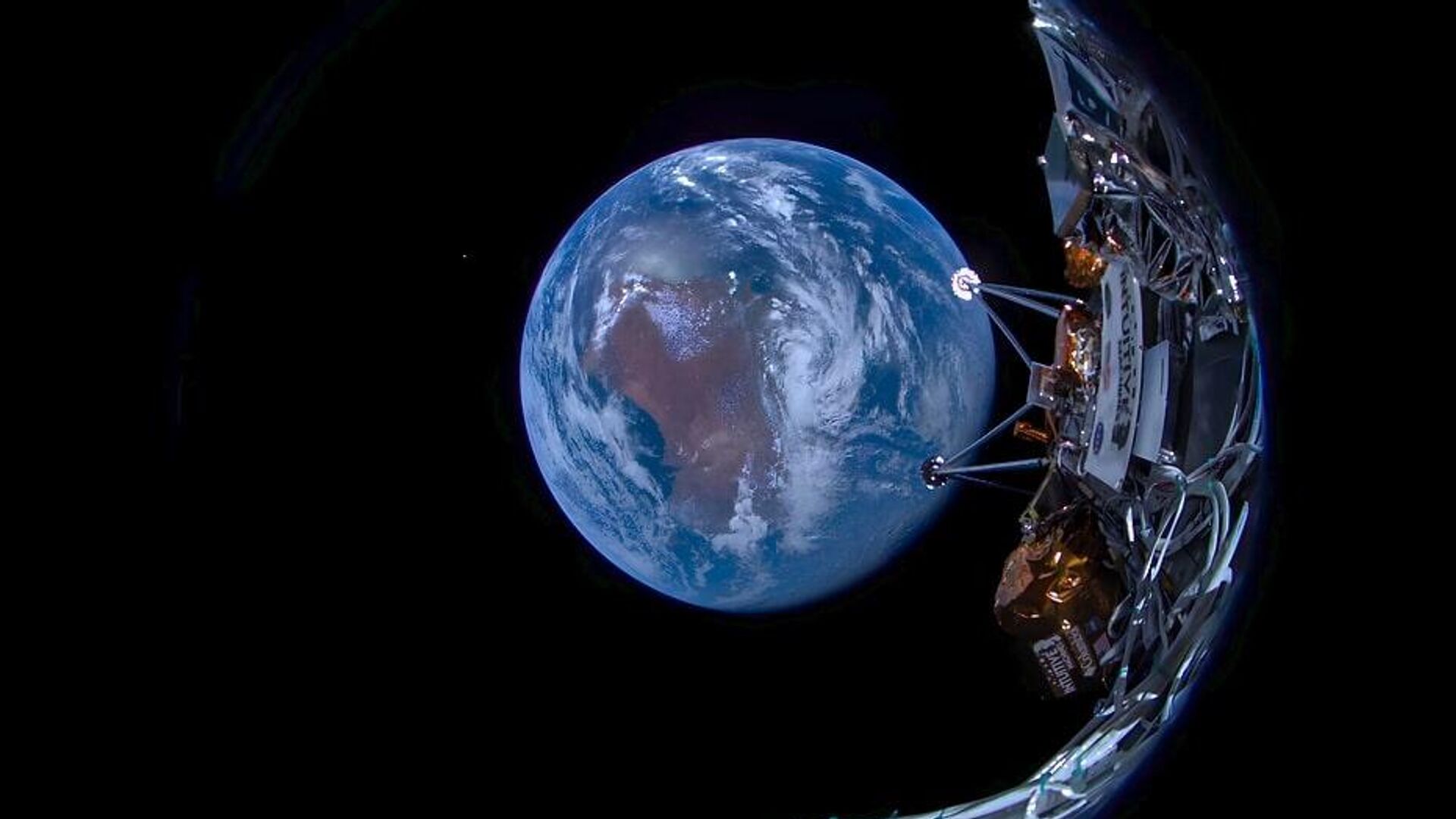
MOSCOW, February 21, Tatyana Pichugina. The Americans sent another descent module to the Earth’s natural satellite — Nova C from Intuitive Machines. It should soon enter lunar orbit. If the maneuver is successful, the landing will take place on the night of February 23. What are the chances of success for the mission and what is the reason for such rare landings — in the material .
Businessmen conquer the Moon
In January, the whole world followed the drama of the American lunar mission, the first since 1972. The Peregrine probe launched on the 8th on a Vulcan Centaur rocket from Blue Origin (owned by Musk's competitor Jeff Bezos). On board are NASA scientific equipment, a tiny rover and commercial cargo. A soft landing was planned in the Northern Hemisphere in 18 days.
Immediately after separating the device from the carrier, developers from Astrobotic reported problems with orientation: the solar panels were deployed, but were not charging. It turned out that a valve in the propulsion system had burst and fuel was gushing into space. The module rotates. And although it was possible to stabilize it and eliminate the leak, there was no question of continuing the mission. In order not to leave debris in orbit, the trajectory was changed and on the night of January 19, the probe was sunk in the Pacific Ocean.
Astrobotic was founded in 2007 to compete in the Lunar X PRIZE competition created by Google. The winner received $30 million, subject to a soft landing on the surface of the Earth's satellite. For ten years, no one has come close to the goal, the competition was canceled.
But they didn’t stop trying. In 2019, the Israeli Beresheet rover from SpaceIL went to the Moon and crashed. In April 2023, the Japanese lander Hakuto-R fell from a height of five kilometers.
Astrobotic was finalizing a project under the NASA CLPS program for private companies. The goal is to explore the south pole to better prepare manned missions for the Artemis program. The Griffin lander with the rover on board should be sent out in November.
The same CLPS program finances the lunar missions of Intuitive Machines — IM-1, IM-2, IM-3. The company was created in 2013 by IT engineer Kam Graffaryan, an Iranian emigrant. As the NYT writes, he plans to build an orbital station, and is also studying the possibility of flights at superluminal speed.
Various cargo
The IM-1 mission carrying the Nova C module, also known as Odyssey, launched on February 16 on a Space X Falcon 9 rocket. Shortly after separation from the second stage, orientation problems arose when the solar panels were not operating at full power.
< br />It was determined that the navigation system refused to accept star sensor data. The module slowly rotated around its axis, which helped engineers capture the moment of maximum power of the solar panels and orient the device using commands from the Earth. The batteries are charged. A patch was sent to the on-board computer to fix the star tracker.
As reported, Nova C works properly, all systems have been tested, photographs of excellent quality were obtained. The module will enter lunar orbit on February 21 and on the night of the 22nd will begin its descent to make a soft landing on Malapert Peak, a five-kilometer ridge of the impact crater of the same name, 300 kilometers from the south pole. This is one of the highest points in that area. The LN-1 radio beacon will be installed there for navigation of upcoming missions and two prototype ILO-X cameras for the future radio observatory.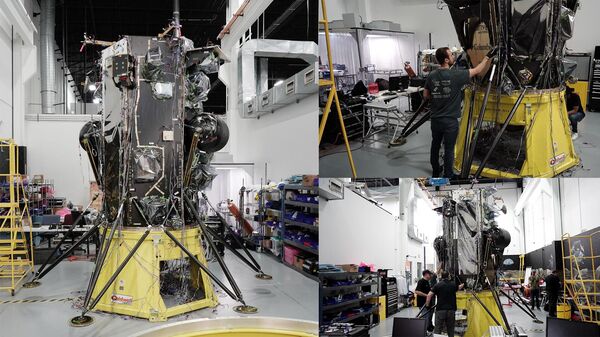
1 of 5
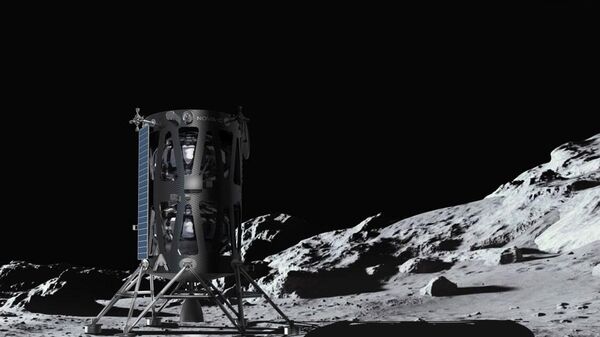
2 of 5
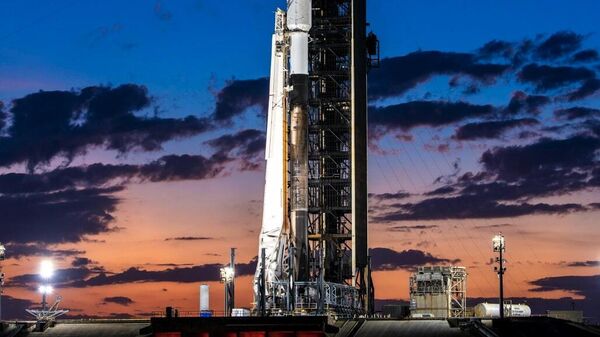
3 of 5
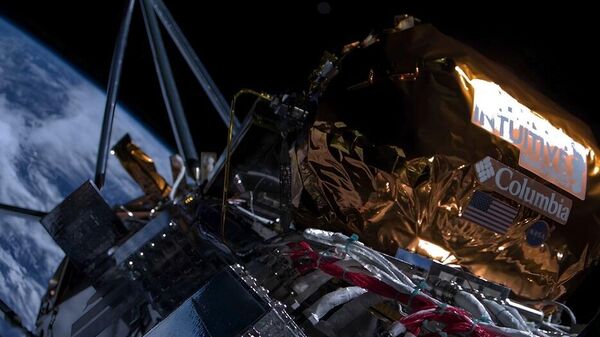
4 of 5
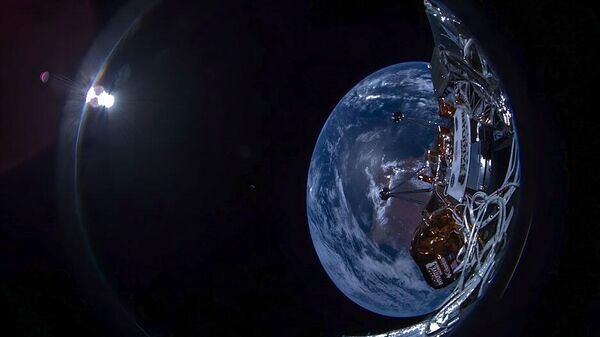
5 out of 5
1 of 5
2 of 5
3 out of 5
4 out of 5
5 out of 5
This mission will test a propulsion system using cryogenic methane-oxygen fuel for the first time. Correction engines use helium gas. High-precision landing is ensured by navigation Doppler radar (measures speed) and computer vision cameras. Lunar landing accuracy is one hundred meters.
The Nova C module is a three-meter cylinder weighing almost two tons, of which the payload is one hundred kilograms. On board are five NASA instruments that will perform research for future lunar missions.
Thermal protection is from Columbia. At an altitude of 30 meters, a student cubesat with an Eaglecam camera will separate from the module. Having fallen to the surface, it will film the moment of landing on the moon. Data storage and transmission will be duplicated by the data center from the startup Lonestar. An NFT and a Lunaprise disk with information about the Earth will be delivered to the Moon.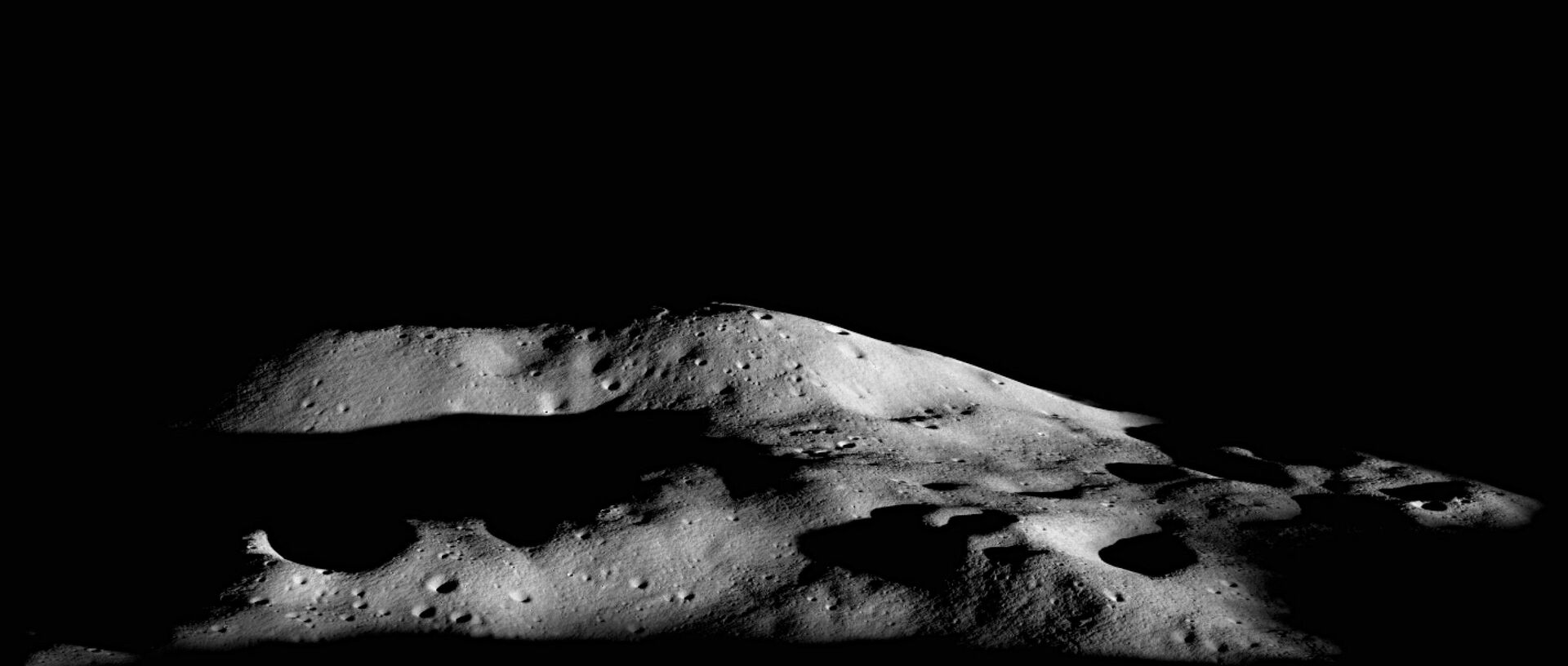
Pause too long
NASA launched its commercial lunar mission program in 2017. The costs here are relatively small, and it all depends on how carefully the mission is worked out, says Pavel Shubin, a popularizer of astronautics and author of the book “The Moon. History, People, Technology.”
“American private traders don’t give out much information. They talk about people, which is great, but little about how the tests went, how many mock-ups were broken, and so on. When Peregrine took off, it became clear that the device was crude. The preparation of IM-1 is also known not much. There is no experience, the team is new, it’s difficult to land successfully the first time. But they have a series of three devices,” the expert argues.
There has been a wide discussion about the failures of lunar missions in recent years. Many people are perplexed why they flew successfully half a century ago, and now there is one accident after another.
Firstly, as banal as it may sound, due to a long break in launches, space powers have lost key competencies, and now they need to gain experience again , notes Shubin.
“Lunar missions are so complex that much is incomprehensible even to specialists. This will not be taught in universities. For example, the Chandrayaan-1 satellite overheated in lunar orbit (instead of 40 — up to 49 degrees Celsius. — Ed.). A banal miscalculation.» , he continues.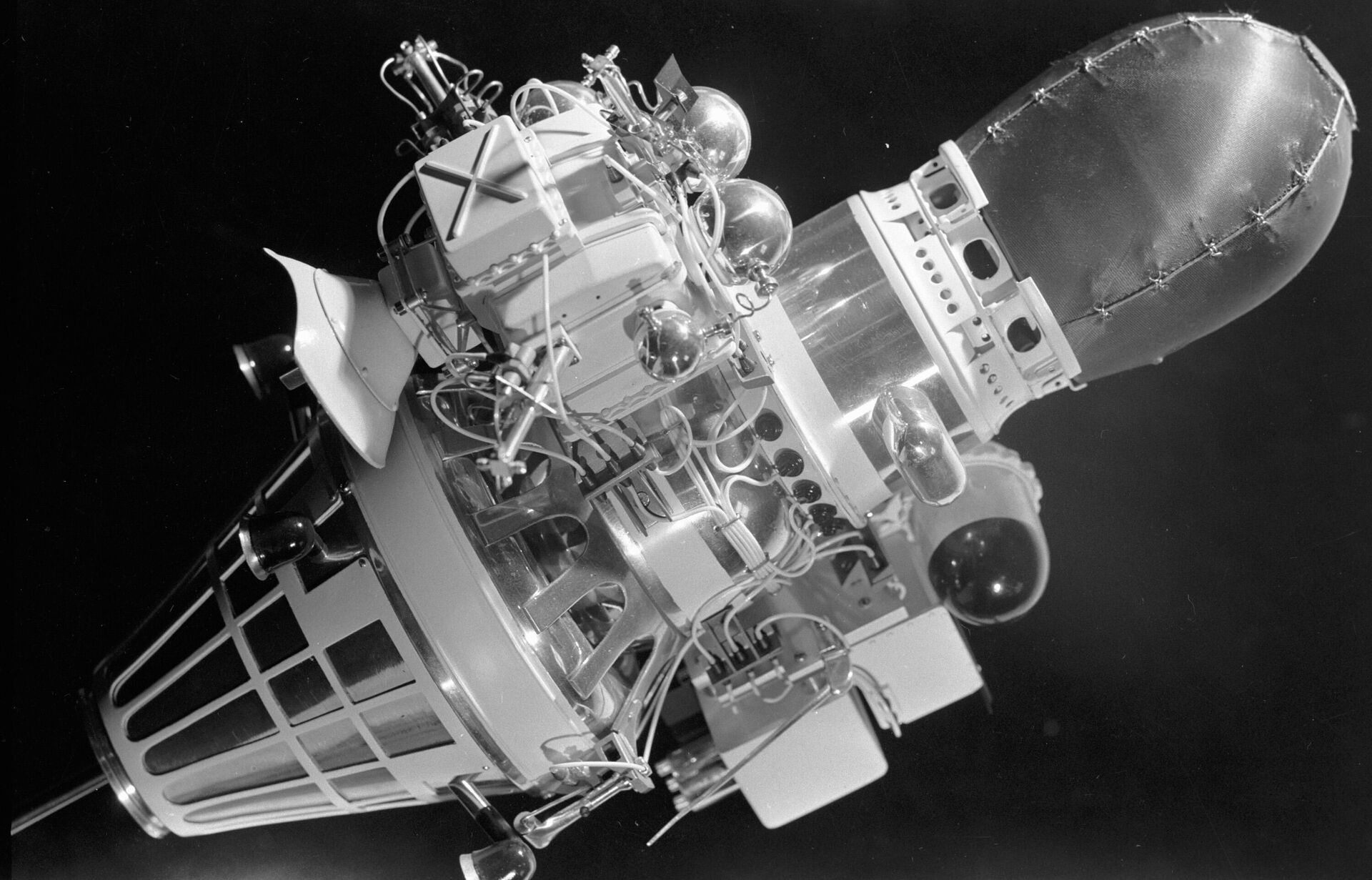
Satellites and the ISS are often used as an example: we fly into orbit — why couldn’t we get to the Moon? But there is a fundamental difference here, Shubin emphasizes. In the USA and USSR they immediately designed a series of four devices for the Moon to practice flights.
“For satellites on Earth there are pressure chambers, burning systems, and so on. But there is no second Moon. Several devices have to be destroyed, because many nuances arise that we do not know about. This was understood in the Soviet Union. Now they have relaxed somewhat due to past successes “We thought that everything would work out right away, but no,” says the expert.
We should not forget that Luna-9, the first to make a soft landing, was preceded by 11 failures. “For a variety of reasons. The American Rangers, the first generation lunar probes, all crashed. The first Surveyor landed, the second crashed. The third landed, the fourth crashed,” Shubin lists.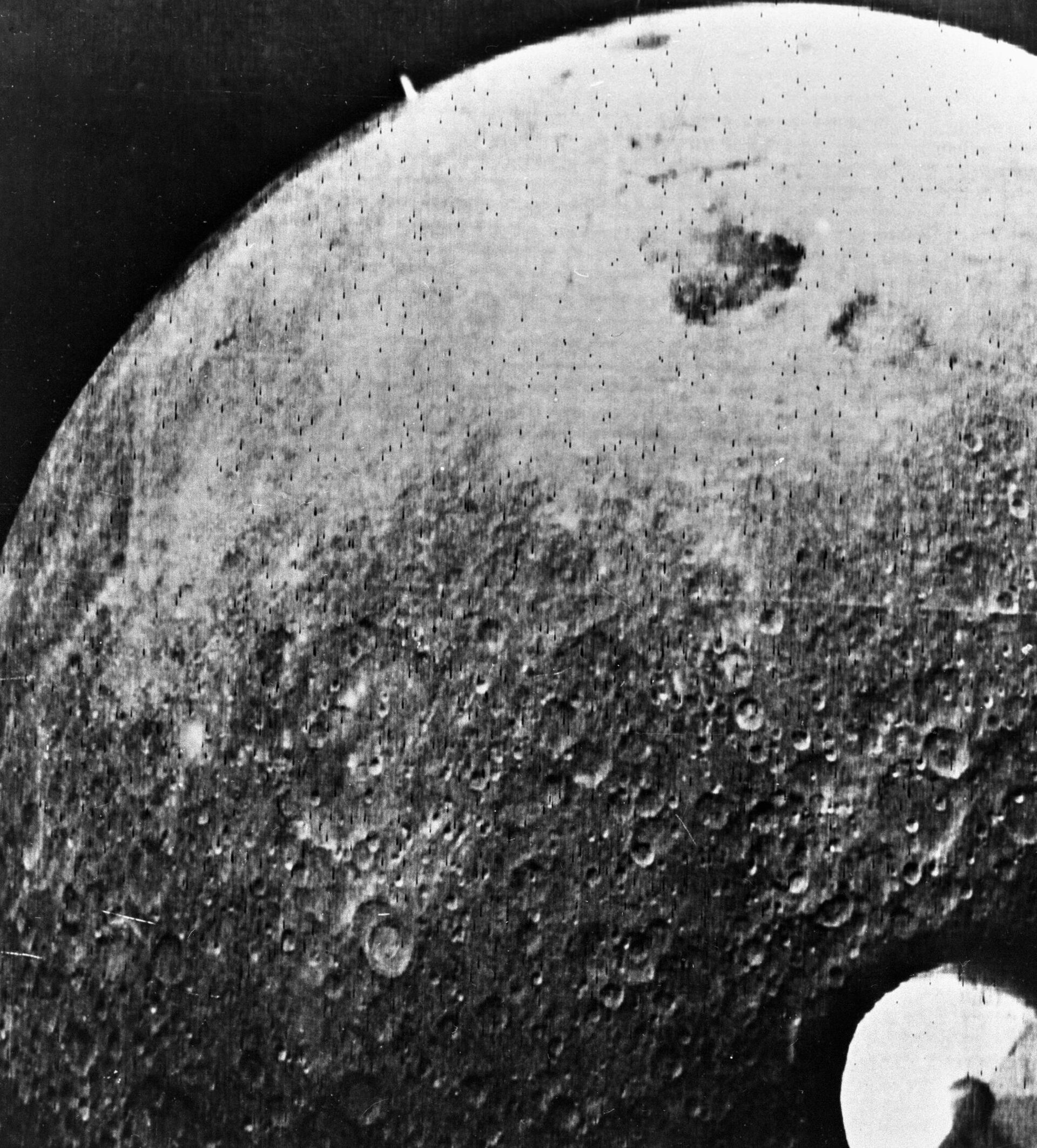
Change of concept
For more than half a century, not only technology has changed, but also the concept of lunar exploration. Previously, it was important to simply land. Any place on our natural satellite was interesting. Precision was not required, which simplified control. But they had already chosen a place for Luna-16.
«Although the ballistic restrictions remained. We looked at what orbit we were going into, what areas were underneath it. And we looked for the smoothest one. Now it’s not like that. We are creating a station for a specific «Luna-25″ (which crashed in August 2023 — editor's note) was aimed at the circumpolar region,» Shubin emphasizes.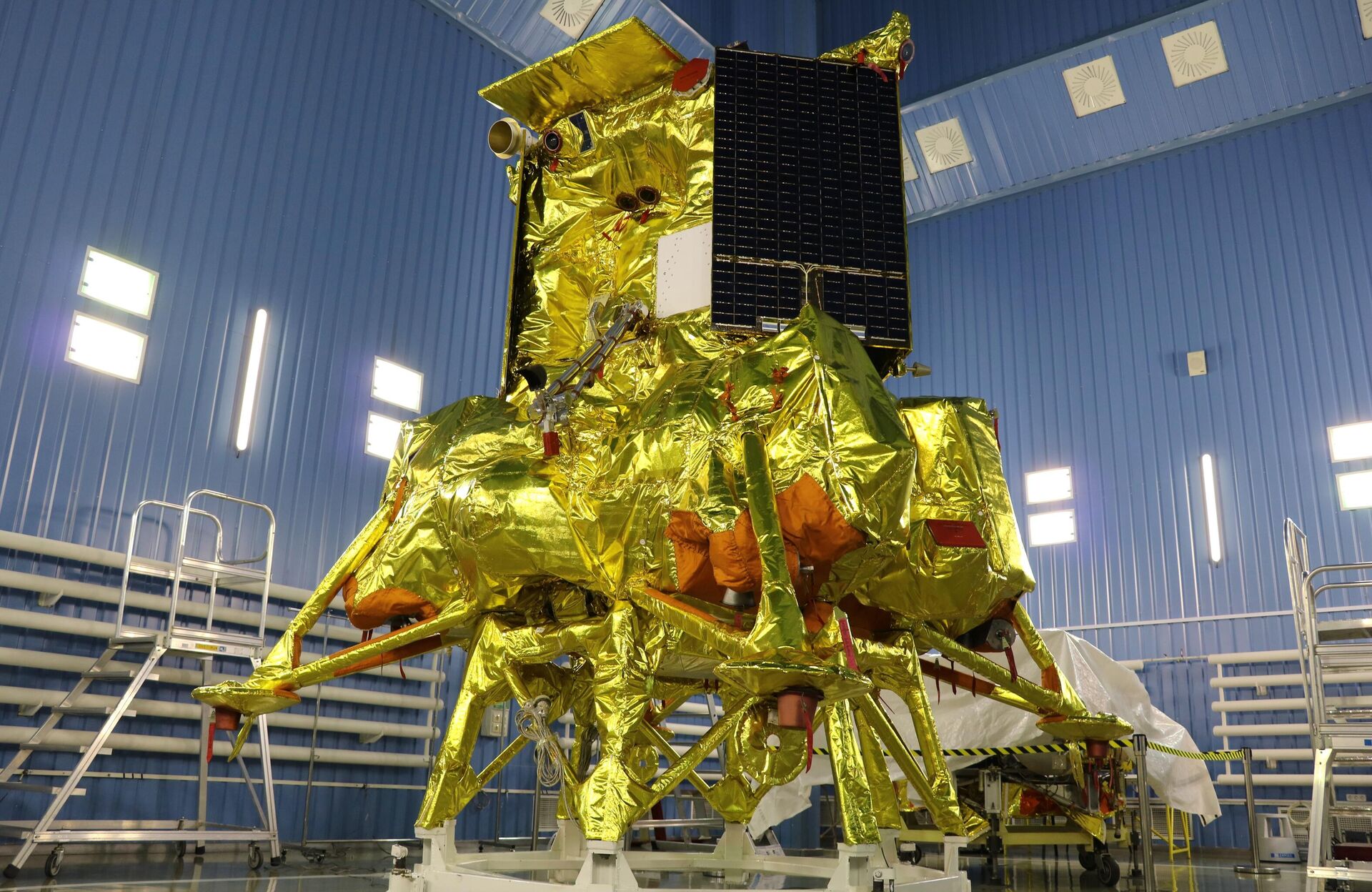
The poles are attracted because there is water there. This means we can build bases and synthesize fuel. In addition, there are fewer ballistic restrictions.
“The Americans spent only two days on the Moon for a reason. If they had been delayed, they would not have been able to return to the same orbit and dock with the module,” adds the expert.
However, the terrain of the south pole of the Moon is complex, there are almost no flat places there.
“One of the few flat areas is the one where Chandrayaan-3 landed and where Luna-25 was aiming. Closer to the pole, a high-precision landing system is already required,” clarifies Shubin.< br />For high-precision landing, special cameras are needed that recognize the surface — computer vision, replacing the pilot. The technology is new, raw.
“Because of it, Chandrayaan-2 died. When trying to reach the desired area, the device spent too much fuel and crashed. Next time they filled in more fuel,” explains the interlocutor.
Yes and other factors.
«How to determine the speed relative to the surface of the Moon? There is no GPS there. You need a Doppler radio altimeter, which has no analogues on Earth. It works in completely different conditions, at different speeds. This is a very complex technology. Because of it The launch of Luna-25 was postponed for two years,” notes Shubin.
But our spacecraft crashed not because of the landing radar. The engines were given too much impulse, and the module fell out of orbit.
“It was a shame: this is not the most difficult stage,” the expert admits.
They are currently developing two devices for Luna-27. According to Shubin, they had to fight to increase the budget. This always happens with scientific projects. Many promising things are put off because of savings. For example, Venera-D has been discussed since the early 2000s. It's the same in the USA. The George W. Bush administration twice canceled the New Horizons mission to Pluto. Only the outrage of scientists and the public helped to achieve it.
Delays of years for lunar missions are not uncommon. This year, everything came together by chance: a whole fleet is heading to the Moon — in addition to Astrobotic and three Intuitive Machines, the Chinese Chang'e-6 station and the private module Blue Ghost Mission 1. NASA's Lunar Trailblazer is planned to be launched into lunar orbit.
< span class="share" data-nosnippet="true" data-id="1922356217" data-url="https://ria.ru/20240119/luna-1922356217.html" data-title="Japanese SLIM module made landing on the Moon. Status unknown">







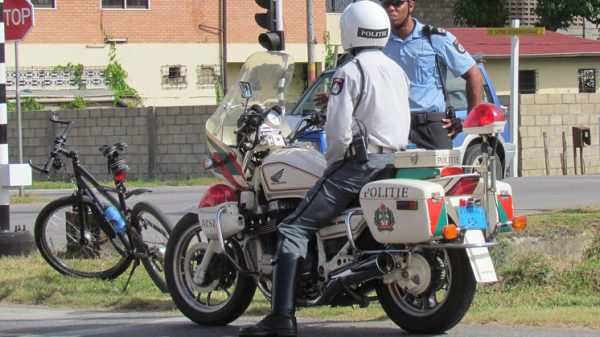









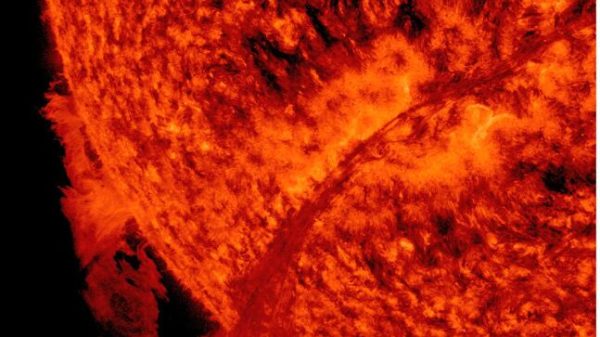

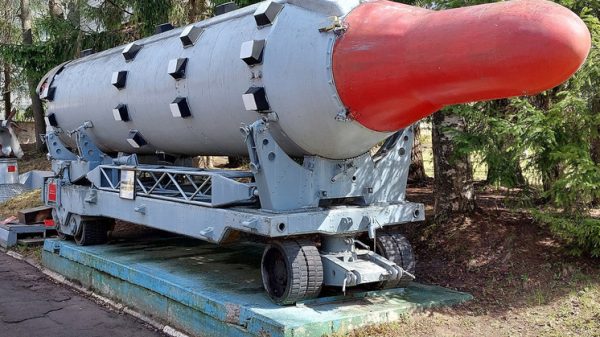


































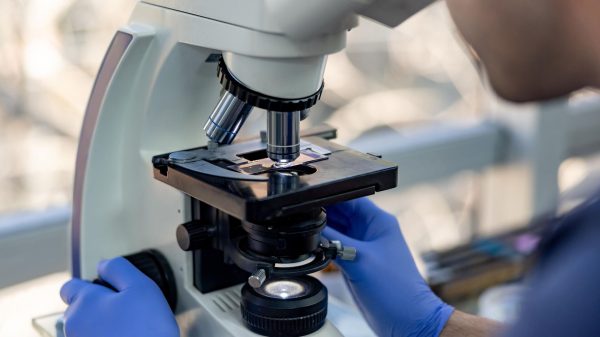



Свежие комментарии